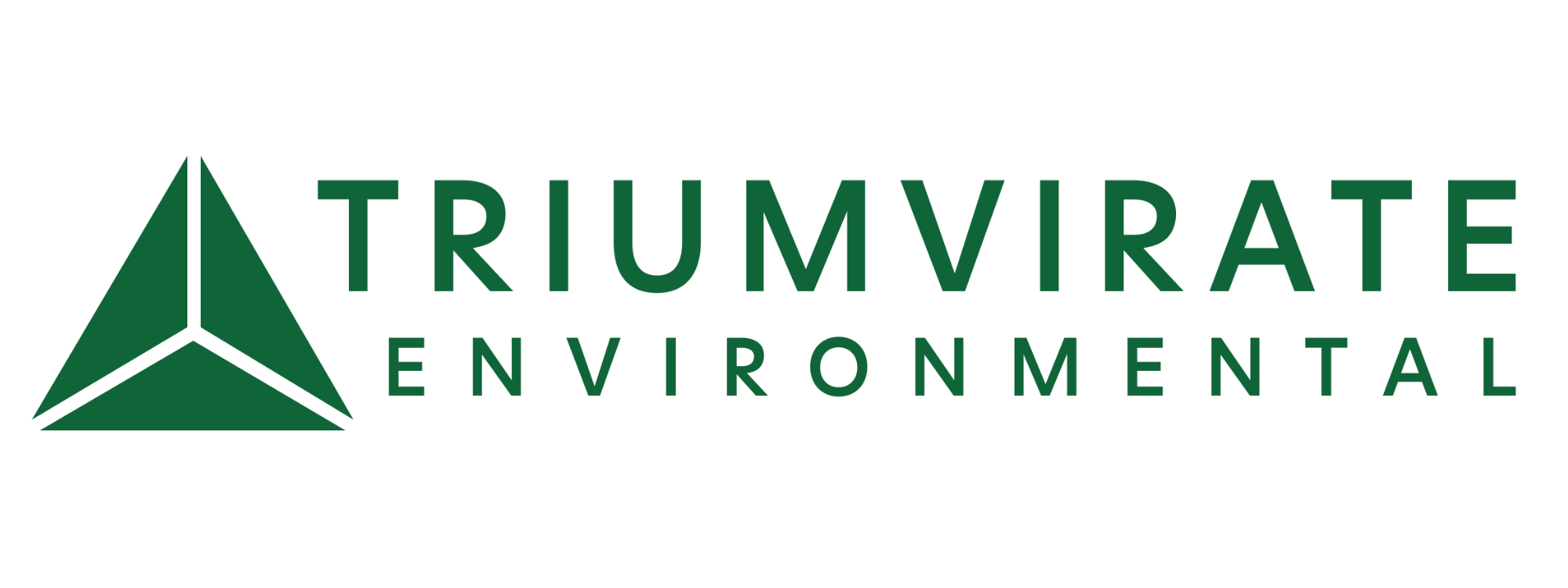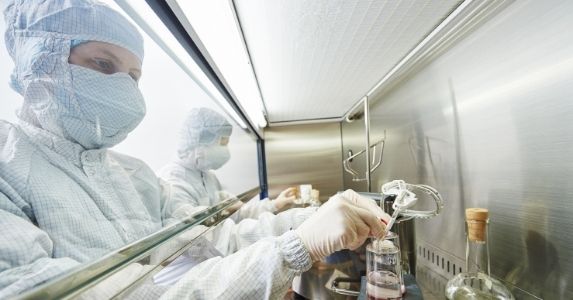How to Increase Hazard Communication in Biotech Shared Spaces
The year 2020 brought along many changes to all work environments, but there was one noticeable positive shift—the increase of biotech startups. Ranging from 1 to over 30 employees, these companies quickly filled incubator and shared lab spaces, working alongside each other with a common goal. However, with varied unrelated research, they are faced with the question: are the current hazard communication (HAZCOM) policies protecting employees who may be unaware of the chemical hazards one bench over?
When we think of HAZCOM, the first thing that comes to mind is a plan generated by the employer to protect employees from injuries and illnesses when working with hazardous chemicals (29 CFR 1910.1200). But what does that mean when you have 15 employers working simultaneously? Consider the following questions:- Shared chemical storage- how do you maintain compliant chemical segregation with several responsible parties and varied experience levels?
- Waste accumulation areas- Is there an increased risk of incompatible waste streams mixing? Is there a way to identify responsible parties and hold them accountable for improper waste storage?
- Shared fume hoods- What is the risk of cross contamination and chemical exposures with multiple researchers rotating in and out of one space? Are there set policies for decontamination before and after use? And how do we know they are being followed?
- Risks of unknown exposure- Are tenant companies working at, or close to, the same lab bench while unfamiliar with the neighboring research? Are they wearing the proper PPE for not only the hazards of their own research but also those around them?
In Environmental Health and Safety, we are geared to continuously adjust and adapt our standard operating procedures. Below are some simple solutions that can be implemented in any shared research space.
- Chemical Storage- While it can be difficult at times to have researchers constantly update their chemical inventory, having a live time chemical inventory allows your shared workspace to know who owns what. Pairing a live time inventory with an easy and smart color-coded labeling system will allow you to address compliance issues in a timely manner as well as educating employees on common chemical segregation mistakes.
- Waste Accumulation Areas- It may seem like the easiest way to avoid the risk of incompatible waste streams is to set up many separate satellite accumulation areas (SAAs) for each tenant company, but as we often see, there isn’t always space for that. While engaging the color-coded labeling system used in your chemical storage, a space saving technique is to set up an accumulation area with specific zones for specific hazards (i.e. flammable waste accumulation, acidic waste accumulation, etc.). This will allow for your accumulation area to remain compliant and reduce the risk incompatible wastes mixing, while also allowing you to see which waste streams belong to which researcher(s).
- Fume Hoods/Biosafety Cabinets- It is not uncommon to see only a couple fumes available for 10+ research developers. Generally, when a program has their own fume hood (or biological safety cabinet), your main concern may be making sure to avoid over cluttering and bulky equipment storage, but with shared fume hoods, the focus switches to making sure the space is safe before and after each use. By developing a program in which individuals must sign up for certain time slots and record decontamination after each use, you are not only gaining the knowledge of which hazards are present at which times but highlighting the importance of mitigating cross-contamination. There are many space sharing products available today (Similar to those used to book conference rooms).
- Risk of unknown exposure- Beyond making sure lab coats and safety glasses are worn in lab spaces, are employees protected from their own research in addition to the research just one bench over? This is a scenario when you can see administrative controls actively working to make PPE more affective. Not only is it imperative to discuss present hazards in trainings but a wise and creative idea is to create signage by lab bench, showing not only who is working at each station but what they are working with. Using pictograms and hazard statements a simple sign can communicate the knowledge each employee needs when donning their PPE.
While 2020 showed us how adaptable we can be as a society, it also led to innovative ways our workplaces can adapt as well. When new obstacles present themselves, the goal is not to strip back existing programs but to build and create greater efficacy on what is already there. Subtle changes to your program can lead to increased employee safety, knowledge, and accountability. The outcome is a program that not only fits the needs of your shared space, but a program that can handle the changes we now see as a daily part of life.









.png)